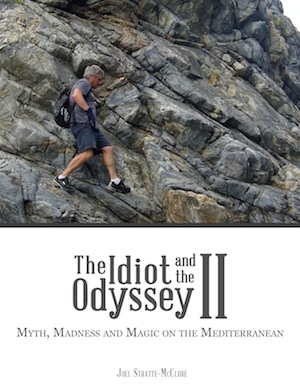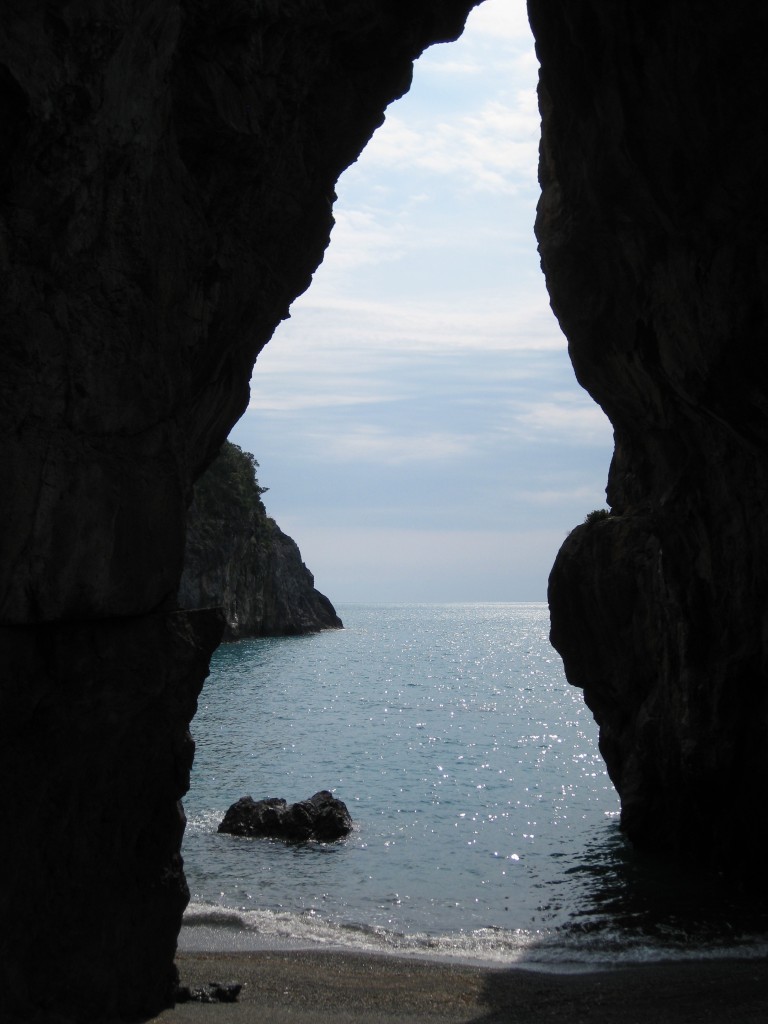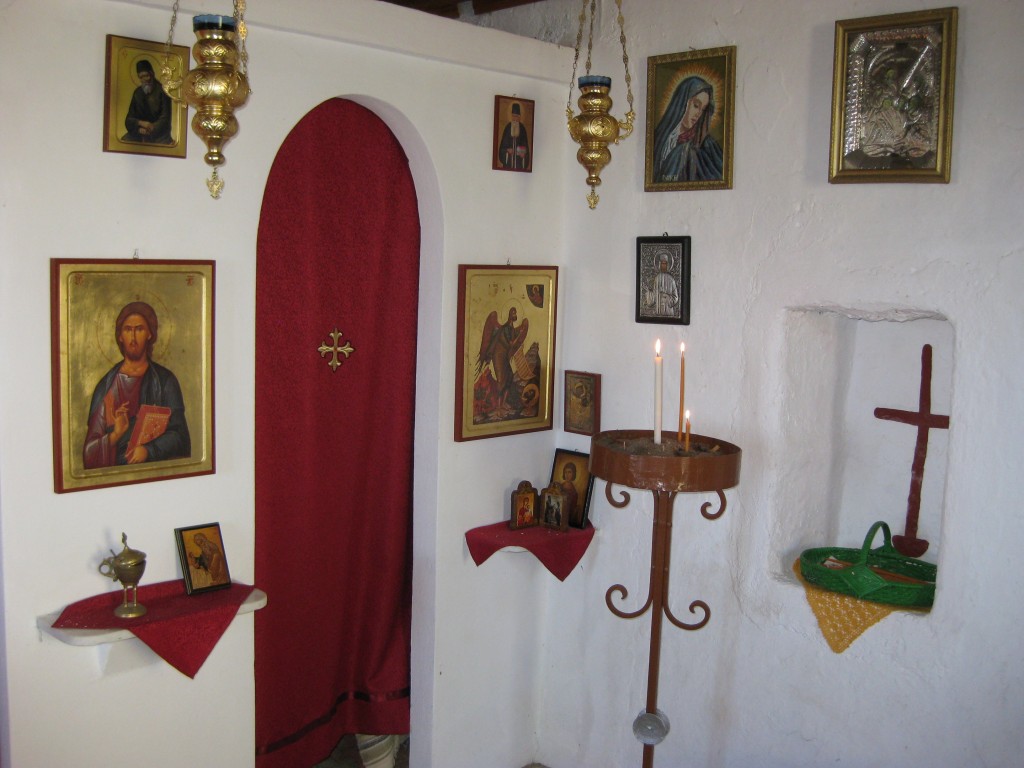One reason that I’ve walked over 6,700 kilometers around the Mediterranean Sea is to connect with local communities and be exposed to new people, places, cultures, cuisine, ideas and socio-political idiosyncrasies.
Though I hope to circumnavigate the entire sea within twenty years, which is the amount of time it took Odysseus to return to Ithaca after the Trojan War, I’ve got no agenda. The pace is mine to set. If I like a particular place, or a particular person, I’ll take a break from my MedTrek, which is what I call this form of serendipitous walking, and go local for a while.
It doesn’t take much to stop me in my tracks, especially when I’m walking solo.
When I hiked onto the “Nudism Obligatory” beach at the world’s largest nudist colony in Cap d’Agde, France, I liked the look and feel of the place so much that I stayed. When I stumbled upon a bronzing Spanish sorcercess on a beach in Aguilas, Spain, she introduced me to her family and friends and MedTrekked with me for a month.
In Morocco, after trekking more than 3,000 accident-free kilometers along the sandy, rocky and rugged coasts of France, Spain and North Africa, I fell off a cliff and wound up getting to know the local medical staff at a little clinic in a seaside village called Sebhat. I’ve slept in a Cistercian monastery, on the floor of a computer shop, on a stony beach and in a luxurious seaside home.
I always stay for at least a few days in spots visited by Odysseus during his homeward journey in Homer’s “Odyssey” – like the Sirens islands off Italy’s Amalfi Coast or the islands of Ithaca, Corfu and Limnos in Greece. I’m now spending seven weeks MedTrekking in Sicily and Malta where numerous Odyssey-related events are presumed to have occurred. Tonight, in fact, I’m sleeping with Calypso on the island of Gozo. Look at my blog item entitled “Has Anyone Here Slept With A Beautiful And Immortal Nymph Named Calypso Who Kept The Wily Greek Warrior Odysseus In Her Sea-Hollowed Cave For Seven Years?”
I have pleasant local memories from almost every place I pass because I usually take the time to do “something local.” This ranges from a meal (almost everywhere), a facial (in Guardia Piemontese, Italy, and Corfu, Greece), a visit to a church or museum (almost everywhere) or a swim (I could write a guide to the best swimming holes on the Med) to the establishment of a base camp in delightful places like Cefalu in northern Sicily, Scilla in southern Italy or at the bottom of Mount Olympus in Greece.
MedTrekking, which involves staying as close to the seaside as I can and making as few plans as possible, is not only an eco-conscious walkabout but also enables me to notice local sights that I would miss if I drove, biked or even jogged.
On the first day that I set out on my walk from Antibes, France, in the direction of Spain I saw a bronze plaque, half hidden by a hedge, which proclaimed that Jules Verne once lived and wrote here. I must have driven and jogged by that spot dozens of times and never noticed the monument to one of my literary heroes.
I also remain open to all sorts of local encounters when I have companions on the MedTrek.
One enjoyable meeting occurred when three road construction workers invited my son Luke and me to stay with them in Morocco. They gave us beds, made us a fabulous multi-course Moroccan meal, showed us Arabic music videos, let us do our laundry and even offered to get Luke married. I could have stayed for weeks; Luke could have stayed the rest of his life.
What breed of people have I gotten to know best?
Without a doubt it’s café owners, train conductors, bus drivers and working class folks who pick me up hitchhiking to take me back to my base camp at the end of each day. Dozens of brief encounters with people like this teach me everything from compassion and goodwill to social conventions, languages and humility.
“How did you learn Italian?” a restaurant owner named Eliana asked me in San Stefano di Camastra on Sicily’s northern coast before she offered me a free lunch after being regaled with stories of my MedTrek.
“From train conductors,” I said, only half jokingly.
“Well, they’ve been very good teachers!” she replied.
Not all local encounters come off well.
After walking 34 kilometers from Salerno towards Agropoli in Italy, I decided to get off the sandy, sunny beach and saunter through a dense seaside pine forest where I encountered a small tribe of Roma, or Gypsies. Although I felt an immediate bonding with nomads that I feigned were just like me, three of the younger guys started cackling.
“Domadoro, domadoro, domadoro,” they shouted in a well-practiced chorus as they approached me. “Give me gold, give me gold, give me gold.”
They all looked very thirstily at the gold band on my right wrist, a gold bracelet on my left wrist and a gold chain around my neck that I didn’t feel the need to remove in such a rural environment.
Obviously I lived through this quite unpleasant local experience. And you’ll learn what happened, and what tips I have for Gypsies who try to rob MedTrekkers, when I publish the sequel to “The Idiot and the Odyssey: Walking the Mediterranean,” the book about the first 4,401 kilometers of my MedTrek around the Mediterranean Sea.
Until then, keep up with my walking adventure and Follow the Idiot (@ http://followtheidiot.com) as I gather more local anecdotes, incidents and kilometers. And, like me, get behind the beauty of local travel by connecting with the blossoming Local Travel Movement @ http://followtheidiot.com/local travel
Text and Photos: Joel Stratte-McClure







 Follow
Follow
12 Responses to Want To Travel Locally? Walk!